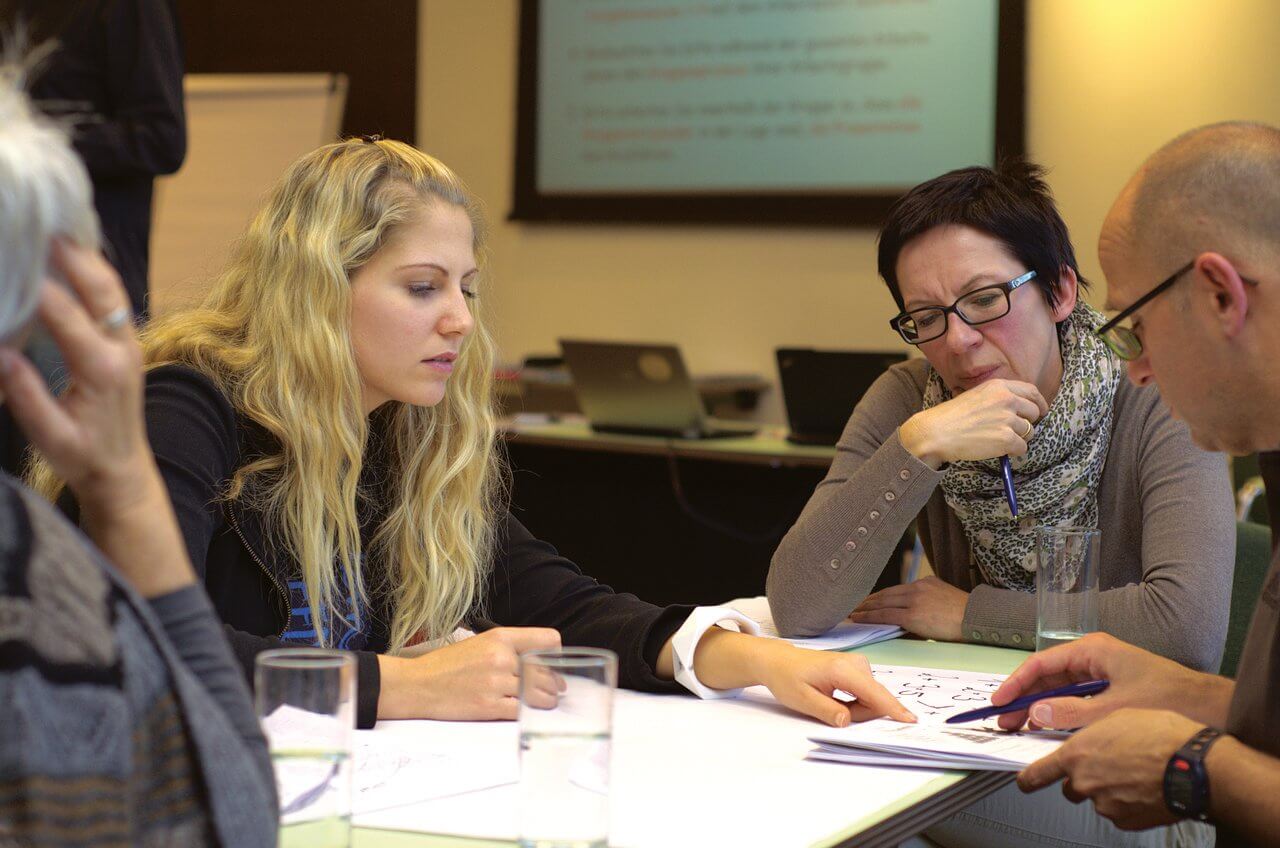I find it interesting that, of all the topics we’ve addressed in this forum, the Gift Table has consistently been at the top of that list.
Gift Tables, or Gift Pyramids, are great fundraising tools for all modes of fundraising — capital campaigns, major gifts, “the Annual Fund,” and for Special Events.
Prior to the beginning of every fiscal year, an NPO goes through its budgeting process and comes up with a (realistic, attainable) figure for how much money will be needed for operations, and how much of that will be needed to be raised via charitable giving.
The latter figure must be based on prior experience and analysis of the likely giving (not wishful thinking) of those currently in the organization’s database. If the figure was obtained by sound financial analysis, one is able to construct a Gift Table that should reflect reality.
Although the term “gift pyramid” is often used, the resulting “table” does not always take the pyramidal shape … with the one “biggest” gift at the top, gifts in a graduated descending scale below, and with the arithmetic (or geometric) increasing number of gifts for each of the descending levels. (See Contructing The Gift Table”)
The Gift Table, an outline as to how you can reach a particular fundraising goal, is a tool that can help you stay focused on what needs to be done to achieve that goal. Since the “Table” is based on the potential gifts of specific individuals, NPO staff and volunteers can allocate their resources most effectively.
In essence, a Gift Table should ask (and answer) the question: “What do we need to do to reach our dollar goal?”
The “Gift Table” is not a list of what certain (potential-) donors should give, or will give. It “outlines” only what donors might give … based on prior giving, circumstances and on other reliable information.
Gift Tables should be constructed for each element of a fundraising program that focuses on specific individuals … as opposed to those elements involving mass solicitation. You should have a “Gift Table” for all the fundraising activities that are included in your organization’s budgeting process – keeping in mind that some (so called) fundraising activities are more in the realm of donor acquisition, and often can’t have specific/realistic dollar goals attached.
Please do keep in mind that the Gift Pyramid/Table is only a tool, and does not replace the judgment of an experienced fundraising professional.*
[*To clarify the definition of a Fundraising Professional: This is not someone who deals in the sales of items and/or in the conduct of “fundraisers” to generate income. This is someone who understands why people give, why they support an organization. This is a person who understands that the creation of a loyal following, not of an annual/special event, but of an organization and its mission, is what can ensure that organization’s future.]
If you’ve devoted the needed time, research and planning to the creation of a Gift Table, you’ve already done most of the work needed to create a fundraising plan.
[More on Fundraising Plans in a future posting.]
=-=-=-=-=-=-=-=-=-=-=-=-=-=
Next Week, the first half of a piece by Natalie Lewis
on the elements of, and the absolute need for
“Tastings” as part of planning for an event.
=-=-=-=-=-=-=-=-=-=-=-=-=-=
Have a comment or a question about starting, evaluating
or expanding your fundraising program?
AskHank
=-=-=-=-=-=-=-=-=-=-=-=-=-=
Have you heard about
The Fundraising Series of ebooks?
They’re easy to read, to the point, and inexpensive ($1.99-$4.99)
=-=-=-=-=-=-=-=-=-=-=-=-=-=
If you’re reading this on-line, and would like to comment/expand on the above piece, or would just like to offer your thoughts on the subject of this posting, we encourage you to “Leave a Reply.” If you’re reading this as an email, and you want to comment on the above piece, click on the title of this posting, then go to the bottom of the on-line version to offer your thoughts.










